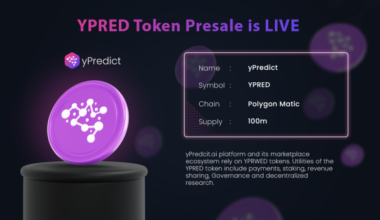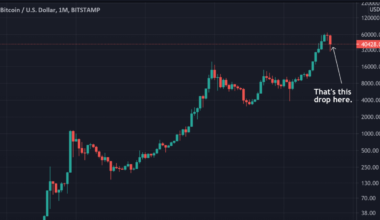Blockchain technology, the underlying infrastructure enabling crypto transactions is constantly evolving. Form being a simple ledger recording all transactions, it has grown to create alternatives to the traditional financial industry. The latest developments in blockchain space currently revolve around NFTs – Non-Fungible Tokens and Decentralized Finance (DeFi).
While these two are different applications of DLT with plenty of real-world usages, their paths have started to converge and soon they will turn inseparable.
While the symbiotic relationship between DeFi and NFTs is inevitable, Marsis is accelerating the pace by making it happen right now instead of later. Marsis is a pioneering, self-govern decentralized NFT asset valuation platform that brings the concept of DeFi to NFTs through efficient use of DAOs.
In their current format, NFTs mostly serve as collectible items akin to in-game badges or the good old physical trading cards.
More recently, NFTs are turning into digital representations of actual physical articles like paintings, luxury goods, and even other digital content on the blockchain. These characters also present the potential of NFTs to act as assets representing certain actual financial instruments which is a significant step forward for the DeFi industry.
Decoding the Real Value of NFTs
At present, the value of NFTs is decided by their rarity, exclusivity and sometimes the origin – if a well-known personality, artist, or studio is involved, it may fetch huge amounts. In turn, many other assets without the necessary pedigree end up being undervalued, or worse remain undiscovered. Also, who is to decide what is the actual worth of a seemingly popular NFT?
As a completely decentralized NFT asset valuation platform, Marsis is creating a free and fair platform where the community comes together to evaluate the NFTs to decide their true worth. The mechanism ensures that all NFTs and its creators get a fair chance to get redeemed for their efforts in creating what could be the masterpiece in the NFT space.
The evaluation process is handled by Marsis’ voting protocol which, along with various other functions are fuelled by the platform’s native SIS utility and governance token.
As people vote for NFTs on Marsis, they are rewarded for their contributions towards the ecosystem in SIS tokens. In addition, the Vote Staking feature enables the NFTs receiving community votes to act as consensus contributors and generate yields.
The number of votes received by an NFT is directly proportional to its yield generation capabilities. In addition, these votes also enhance the value and visibility of the NFTs.
The Vote Staking in just one of the many DeFi features in the Marsis ecosystem. Other DeFi features include a more conventional DEX Staking pool and the Dividend pool. The DEX staking pool enables users to earn by providing liquidity on PancakeSwap where SIS is listed while the Dividend Pool generates rewards in the form of a percentage of commissions on all trades involving voted NFTs, which is issued to the voters.
Put together, the platform presents three distinct revenue generation capabilities for its users in addition to other features like NFT Creation and marketplace, Cross Chain compatible non-fungible assets, Synthetic Asset Aggregator and NFT Fragmentation solution.
Promoting NFT Creation and Interaction
Marsis has something for everyone on the platform, whether they are just there to discover and vote or create, list and trade NFTs.
The former is referred to as SpaceWalker by Marsis, while the latter are either called Residents or Guests depending on whether they create NFTs or just trade them. Irrespective of their roles, each user on the platform gets to be part of one or the other campaigns that allow them to earn SIS.
Something New in NFT Space
Further enhancing the NFT ecosystem are three distinct features. The cross-chain compatibility feature will expand horizons for Marsis Ecosystem by allowing it to list, promote and support NFTS on various blockchains like BSC, ETH and HECO.
Meanwhile, the Synthetic Asset Aggregators enable the creation of synthetic NFTs based on various financial instruments for investment and trading purposes.
In addition, the NFT fragmentation feature reduces the barrier to enter the NFT market by facilitating smaller investments to secure a portion of an NFT asset.
All these things included, Marsis is redefining the NFT industry by making the crypto assets easily accessible while expanding its applications to different verticals.
In their eyes, NFTs are more than just collectibles and they have set out to prove it.


